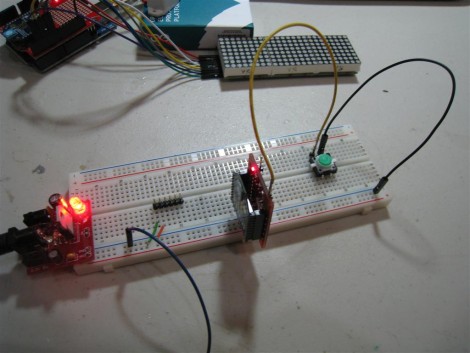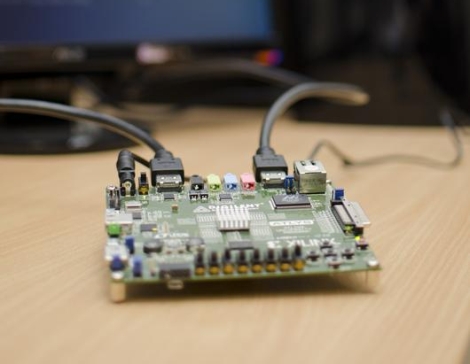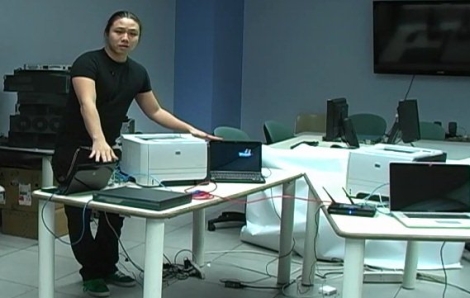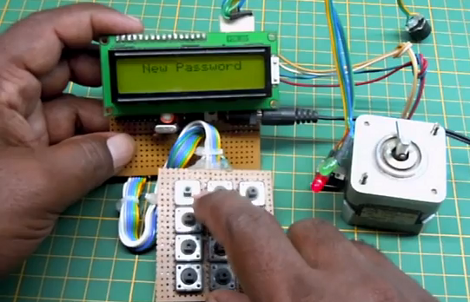We figured it wouldn’t be long before someone figured out how to remove the ads from the ‘Special Offers’ versions of the Amazon Kindle hardware. There are two things that made this obvious to us, the huge flaw that lets code be easily run as root, and the MP3 tag forming that makes it possible to unlock the device.
[Pat Hartl] knows his way around a *nix shell, so once he gained SSH access to the device he started a search for the ad images that make up the special offers feature. He found them in a few different places, making backups of the files in an alternate location, then removing them with some simple commands. He even rolled the process into a one-click installer like the Jailbreak package. It makes us wonder if Amazon has a way to tell if your device is not longer pulling down content for these offers?
At risk of sounding preachy, Amazon does offer this hardware without ads for a one-time fee. Circumventing the unobtrusive ads may lead to higher hardware prices in the future, and [Pat] mentions that. He pulled off this hack to show the holes in Amazon’s security, and hitting them in the pocketbook is a powerful way to do it.
Hackaday itself is ad-supported. We run advertisements that do not use sound, popups, or flashing video effects. Remember to turn off your ad-block for our site in order to show your support. Thanks!

















